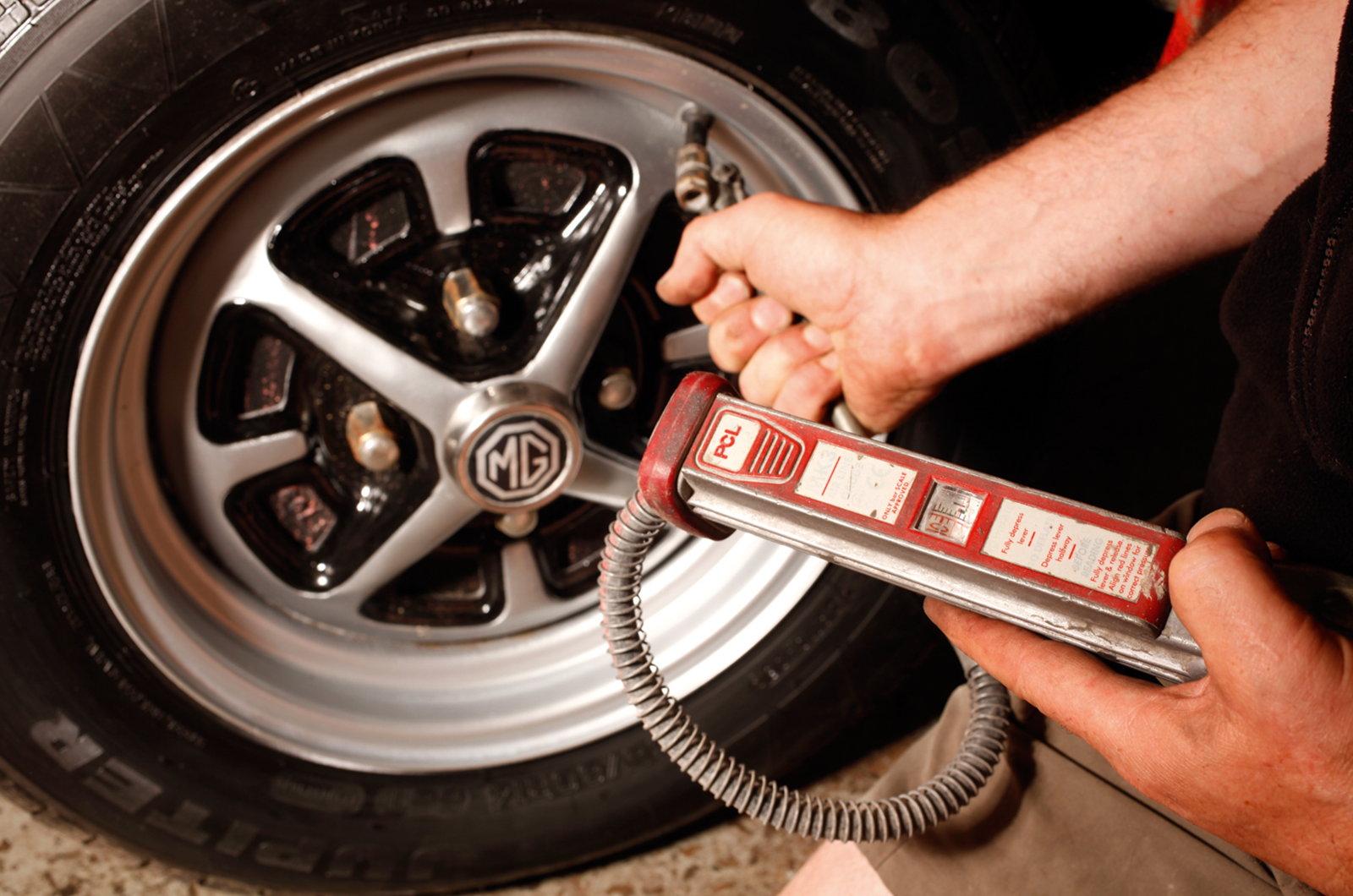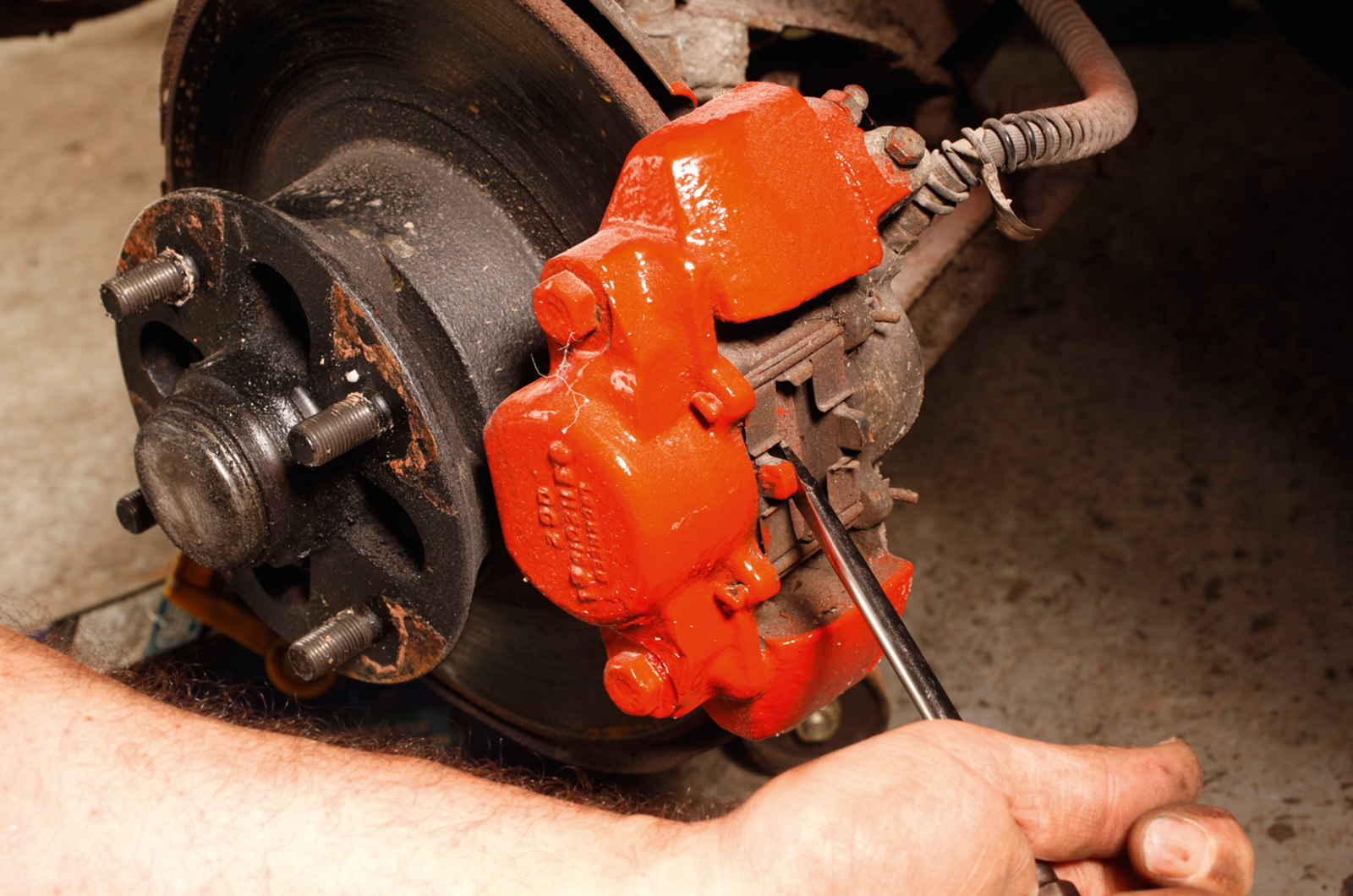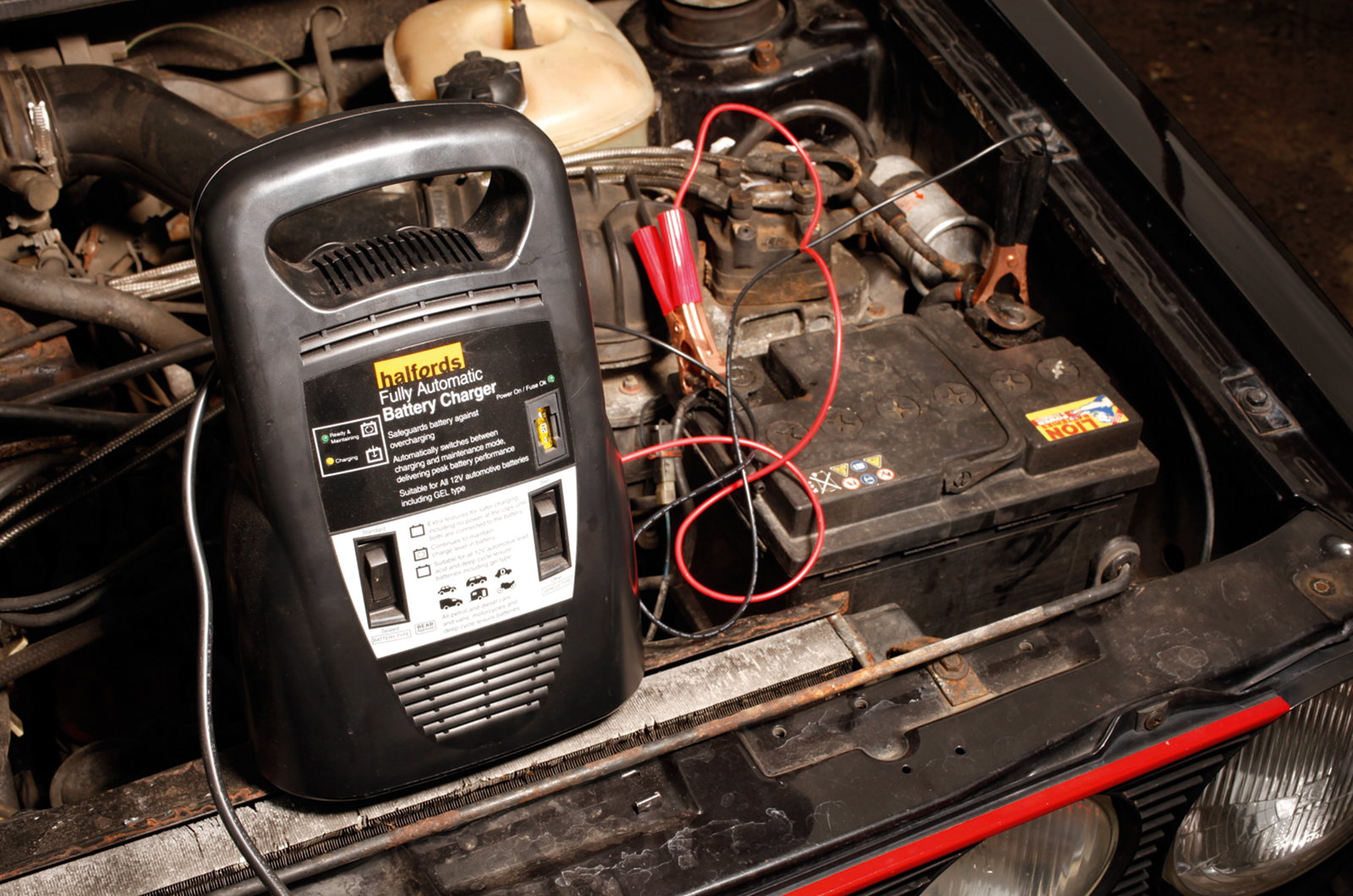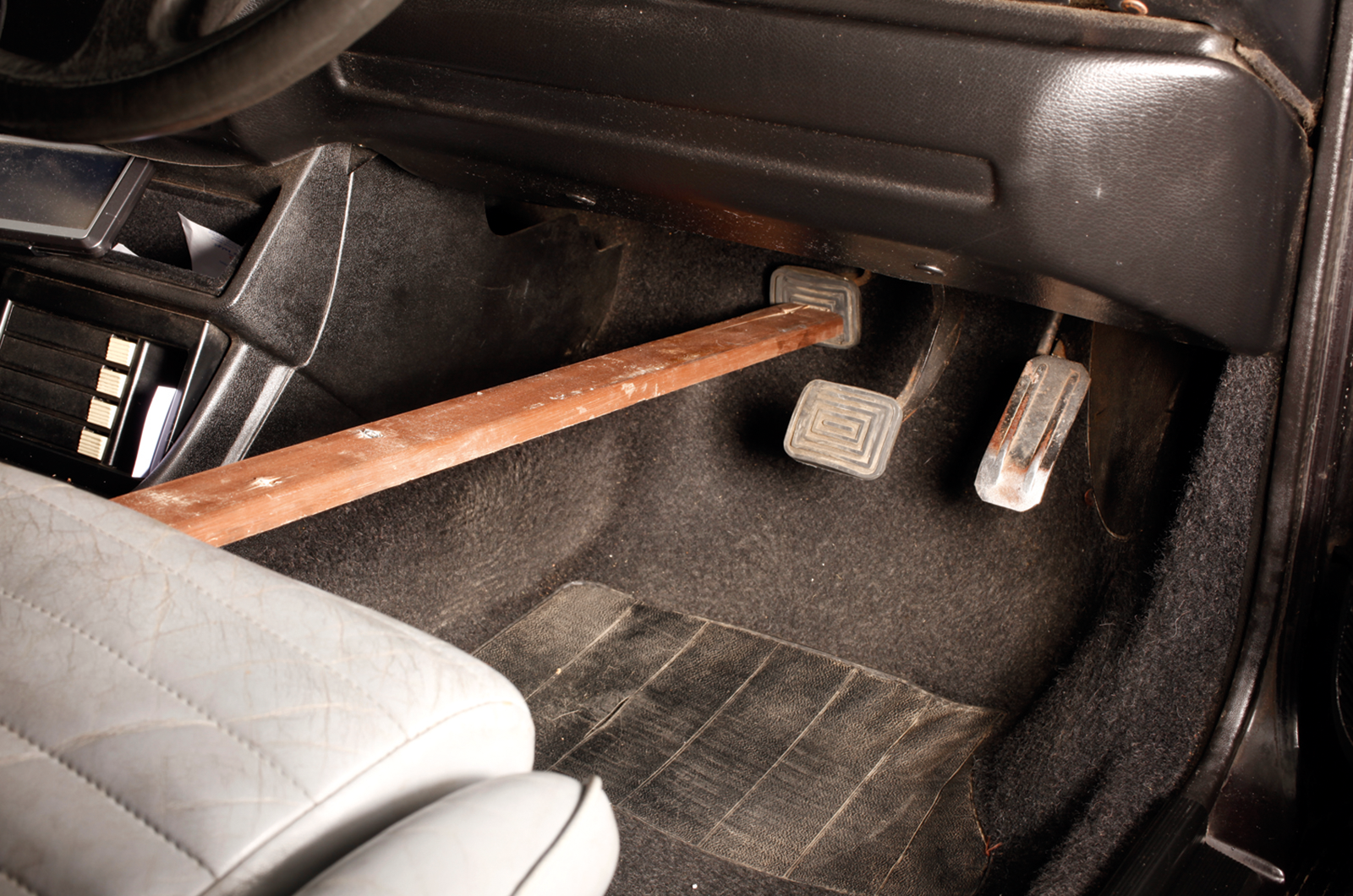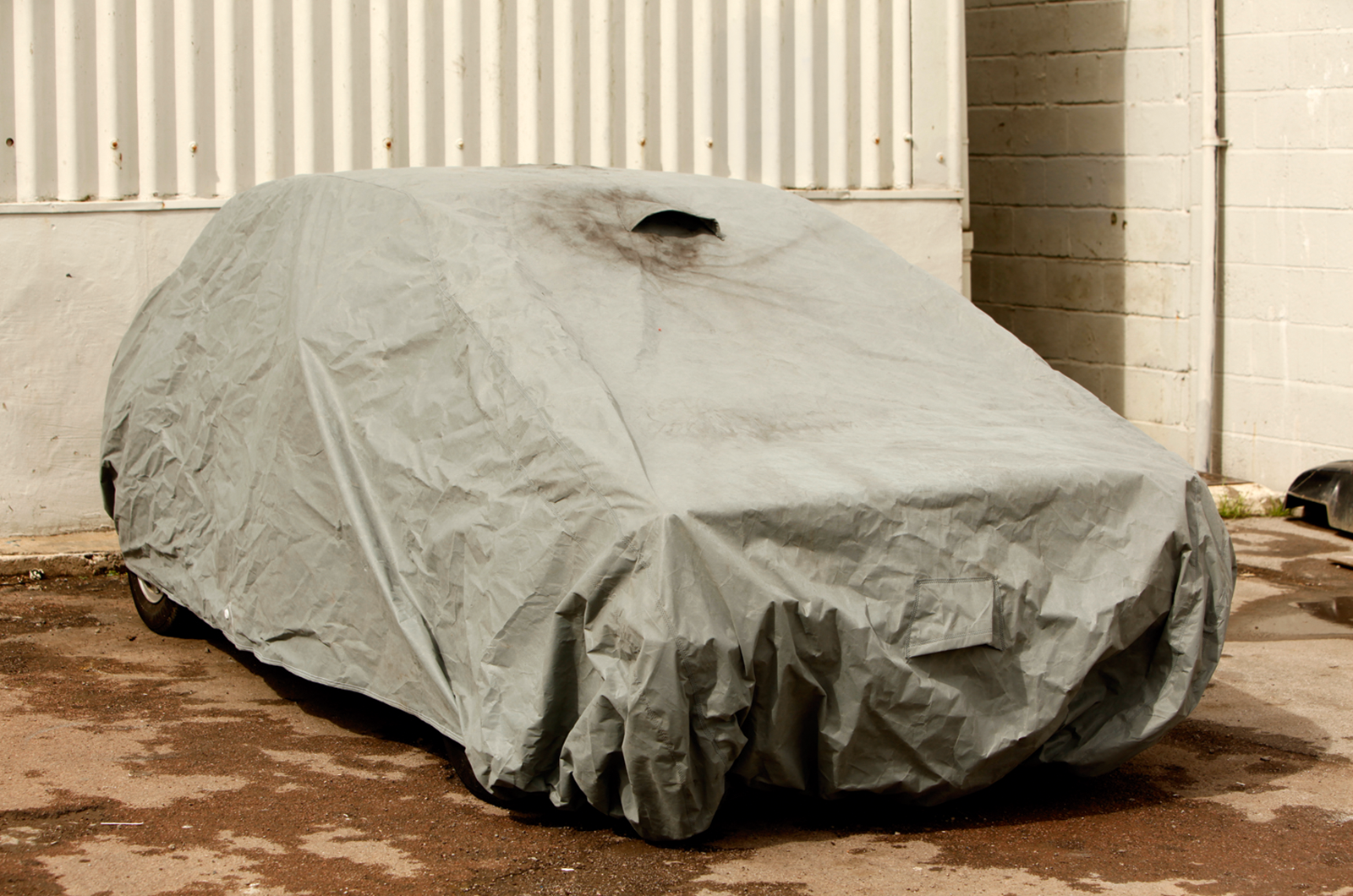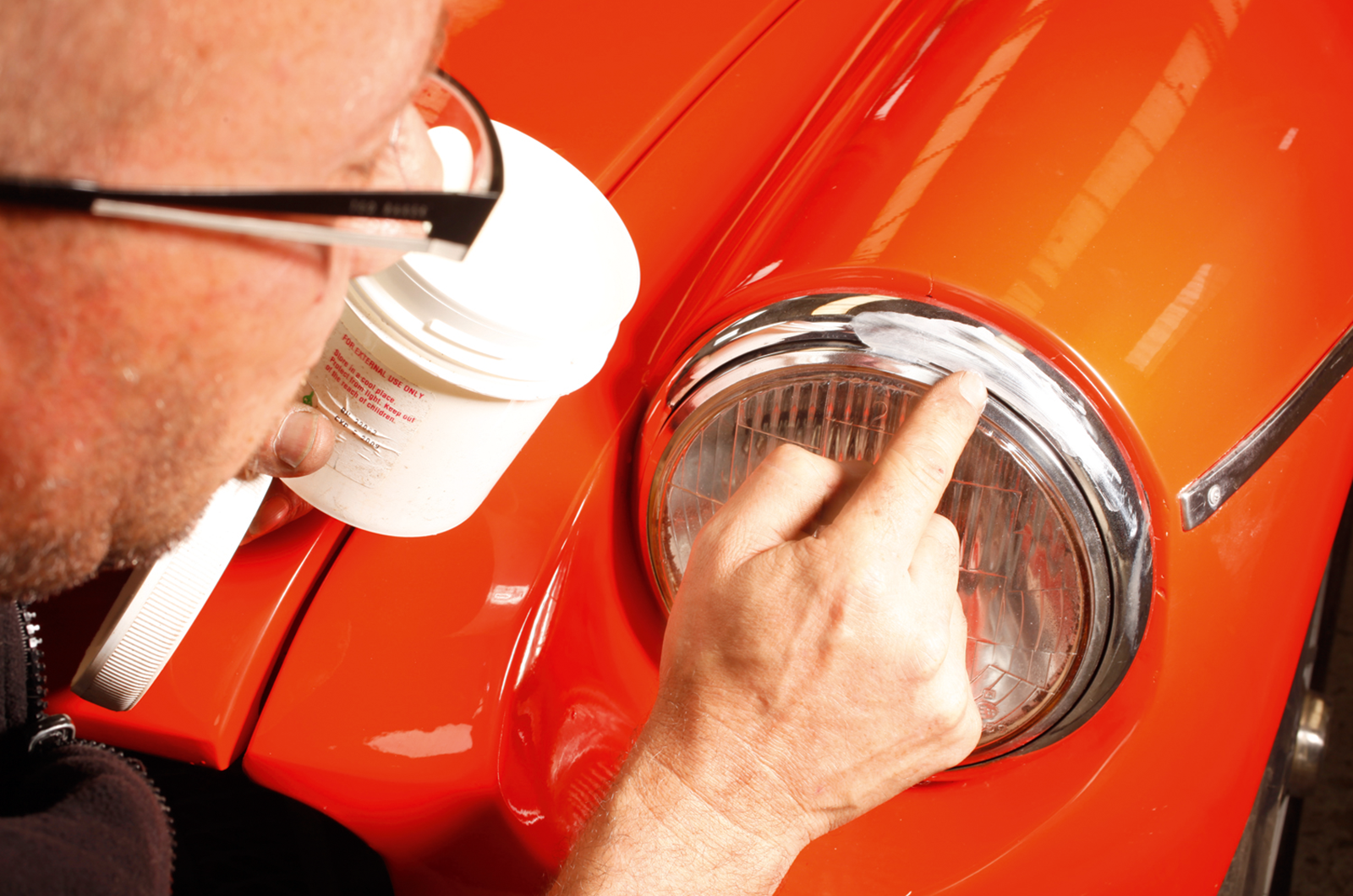
There are several reasons why you might be thinking about storing your car.
Maybe winter is approaching. You could carry on using it as normal, or store it so you’re not tempted to use it during the season of salted roads and wet weather. Whichever you choose, there’s preparation to be done.
Here, we’ll cover the stages you need to follow to ensure you store your cherished classic correctly and safely.
It might seem an easy thing to garage your car, however significant deterioration can occur if you don’t prepare your vehicle properly. A car’s parts are less likely to wear out when it’s in storage, but they’ll sit in the same position and the lack of operating warmth means that moisture doesn’t evaporate in storage.
Dampness from the atmosphere attaches itself to microscopic dirt particles so, to stop the body from spoiling, your car will need to be perfectly polished. Engine internals can suffer from acidic degradation to exposed surfaces out of oil, plus tyres can suffer from flat-spotting and damage as the rubber dries out. Rotate transmissions and diffs by hand to cover all internals with gear oil before driving the car again.
STEP 1: HANDBRAKE
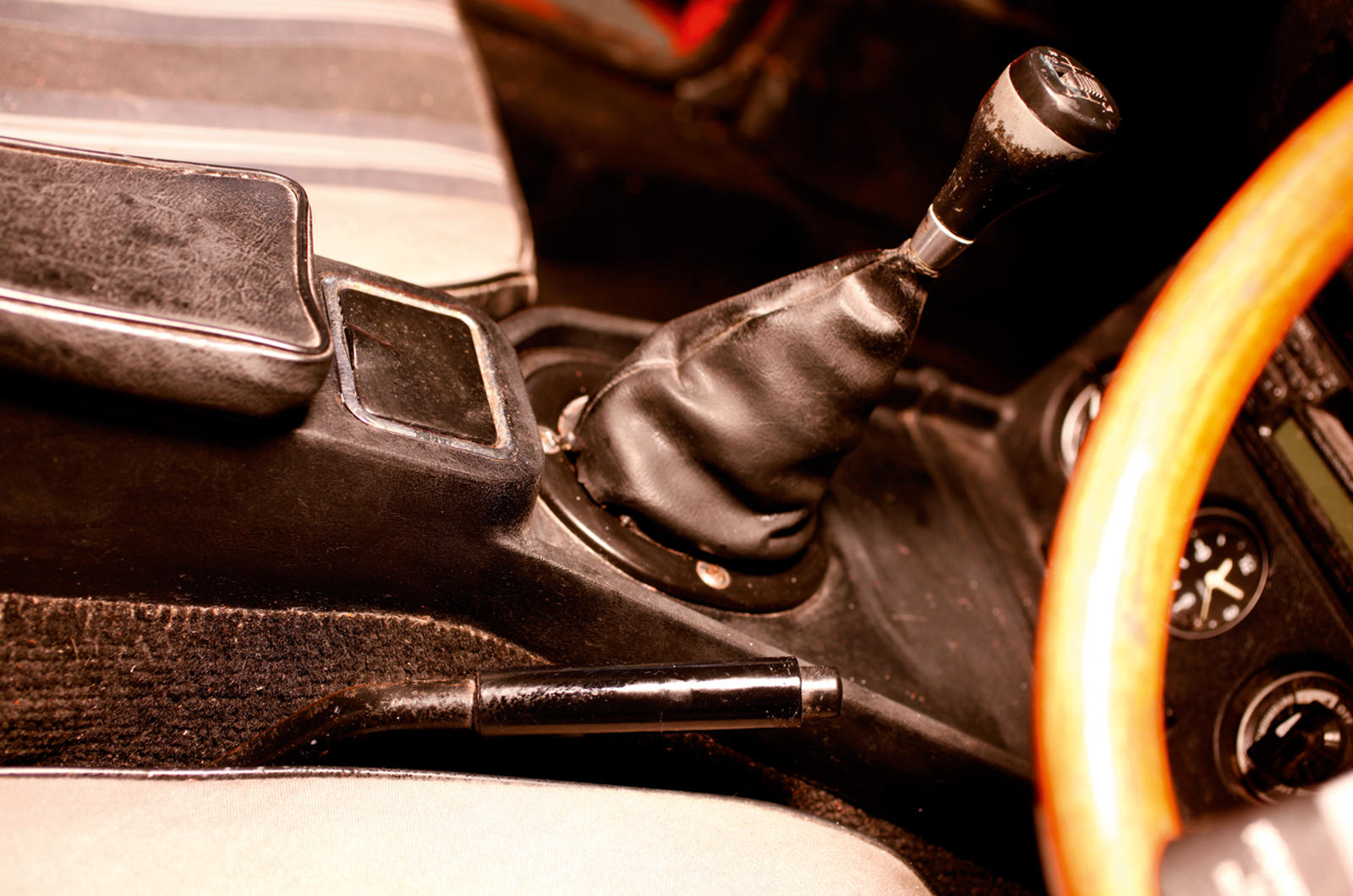
Leave the handbrake off to stop shoes sticking against the drum.


